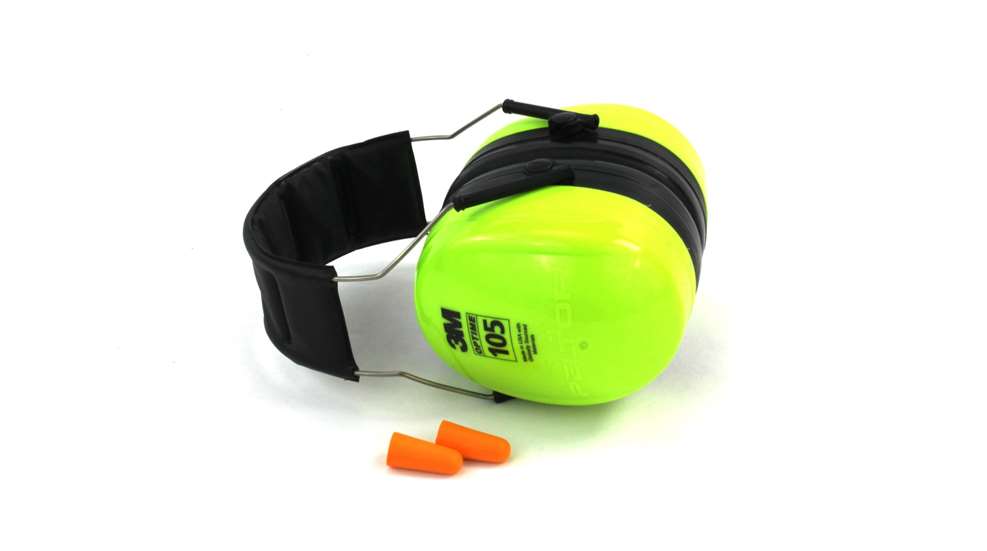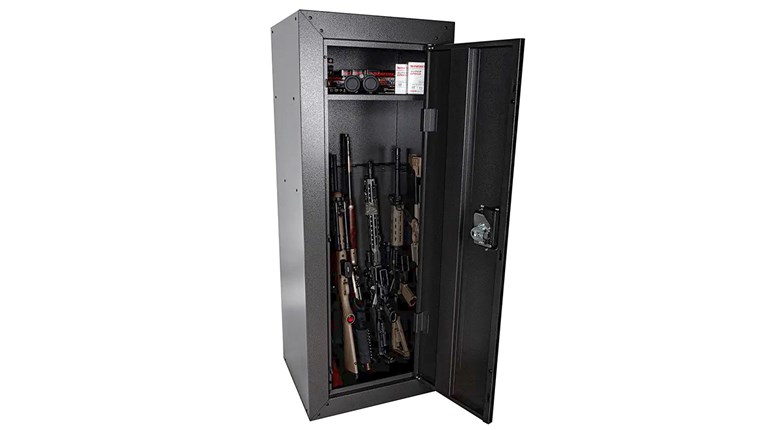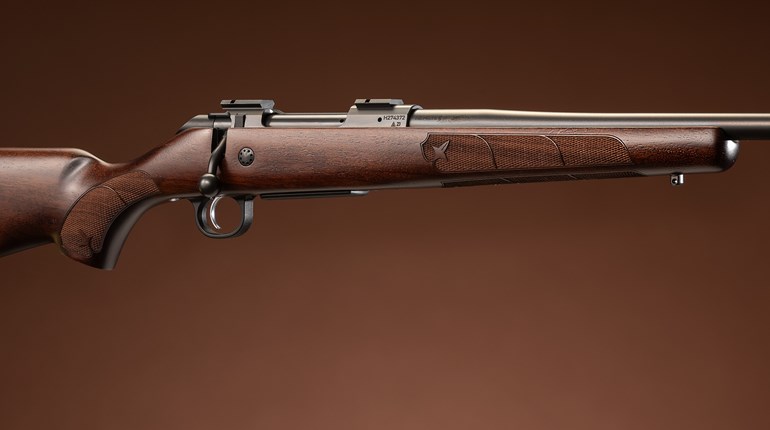
If one is safe then two is safer, right? Well, with respect to hearing protection, that’s not exactly the case. Because the decibel level produced by gunfire is dangerous to the human ear, sometimes shooters go to exuberant lengths to muffle the sound down. While they think they are doing something that is going to protect themselves, they are actually opening themselves and others around them up to a host of other potential hazards. Here are a few reasons why wearing both earplugs and muffs simultaneously can be a bad idea:
1. You might miss range commands.
Sure, making things Zen-like quiet might feel good and seem like the right thing to do, however, that all changes the moment somebody yells “cease-fire!” and you don’t hear it. While we need to protect our hearing, it’s extremely important to be able to hear what is going on around us, particularly if we need to stop shooting. Often, this unexpected break in the action is just to make an announcement. However, on rare occasions, it is to address a potentially dangerous scenario (like somebody unexpectedly appearing downrange). Another hazardous scenario might be right before a shooter is about to do something to cause injury, like fire a pistol with their thumb behind the slide. If an instructor sees that about to happen and yells out, they want the participant to be able to heed their warning, otherwise, something bad can happen.
2. You might miss a malfunction.
Loudly voiced range commands might be clear to shooters who double up, but subtler gun sounds might not be as apparent. For instance, a squib load. Squibs typically present themselves as a sub-standard “pop” when compared to properly working ammunition of the same type. Through two layers of foam, one might not be able to differentiate between a cartridge that had sufficient pressure to push the bullet out of the barrel, and one that left it squarely plugged inside. If that shooter chambers another round and fires into that barrel obstruction, things are going to come apart … violently. The same can be said for simpler operations, like hearing a magazine click into place or a bolt going completely into battery. Guns speak a language, and you’ll need to hear them to learn it.
3. It won’t help your flinch.
Far too often, I hear a student claim that they double up to solve a flinching problem. This is my absolute favorite response because it allows me to utilize the best demonstration technique in my arsenal. After hearing this (and only when they don’t have a gun in their hands), I swiftly raise my hand, as if to smack them. When they flinch, I point out that they reacted to a completely silent maneuver. The takeaway is that it’s not the noise that makes a shooter flinch, it’s the recoil. Doubling up doesn’t solve the problem, routine practice with light-recoiling firearms does. Adding a muzzle brake goes a long way too … which, incidentally, actually makes things louder!
4. It might be indicative of damaged ear protection gear or user error.
If one type of hearing protection isn’t providing adequate attenuation, it might pay to look at it a little more closely. Earplugs are the most common offender and in most cases, it is the result of simple user error. Foamies aren’t intended to be smashed into your ear canals, as they will not form the contoured seal that is required for them to work. To properly use them one must roll them up, press them in as far as they can go, and then hold them in place with a fingertip so that they expand inside of the ear and don’t flow out. As for ear muffs, they aren’t designed to last forever, and the rubber seals should be checked routinely. As heat, sunshine and sweat eat away at them, their noise reduction rating will diminish. Furthermore, shooters wearing large earrings (particularly hoops) will find muffs to be useless as the metal that gets caught between the cups and their skin defeats the basic principle behind which they work. These shooters should remove their earrings or switch to plugs.
5. It might mean that you should consider buying a suppressor.
Hey, let’s face it; guns are loud. Some guns are louder than others, and no matter what cannot be made comfortable to the ear. So, it’s only logical that we attack the problem at the source and quiet them down. Adding a suppressor is a great way to enjoy your favorite firearm without all of the bite and it will earn you a bit of approval from those around you when you are shooting. While adding a suppressor won’t automatically make a firearm hearing safe—suppressed gunfire sounds just like regular gunfire, only a bit quieter—it should at least help you reduce the amount of hearing protection that you need to be comfortable.
While we have a great appreciation for everybody’s comfort, it’s important to maintain a clear channel of communication with the Range Safety Officer and fellow shooters, as that is the only means of keeping a firing line safe. Like all things in life, some of the biggest tragedies can be chalked up to mere miscommunication.
Before buying hearing protection take a look at the NRR (noise reduction rating) on the package and ensure that they are appropriate for shooting sports. Avoid items like “noise canceling” headphones. Those are not hearing protection—a common misconception. Rule of thumb: If you didn’t find it in the sporting goods section, save it for tuning out a crying toddler on an airplane. Follow this advice and you will be able to enjoy the range, others around you, and unaltered hearing no matter how many rounds you send downrange in your lifetime.






































